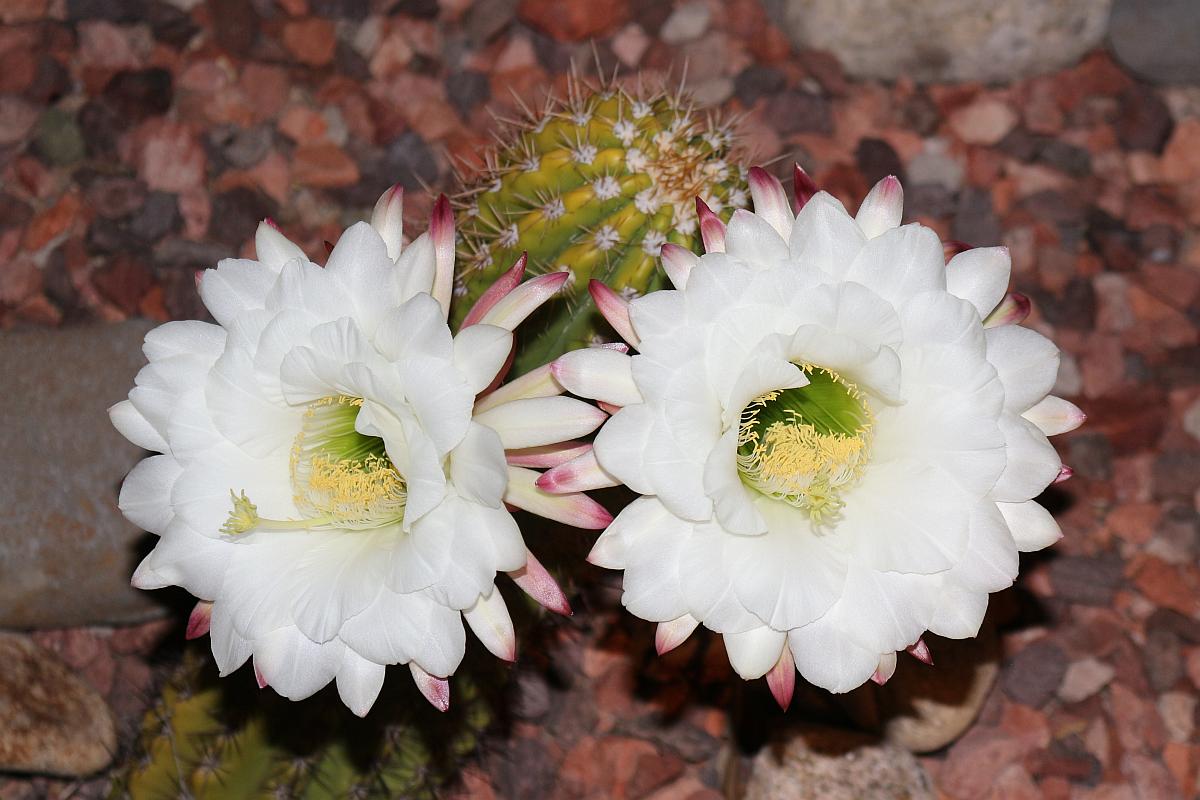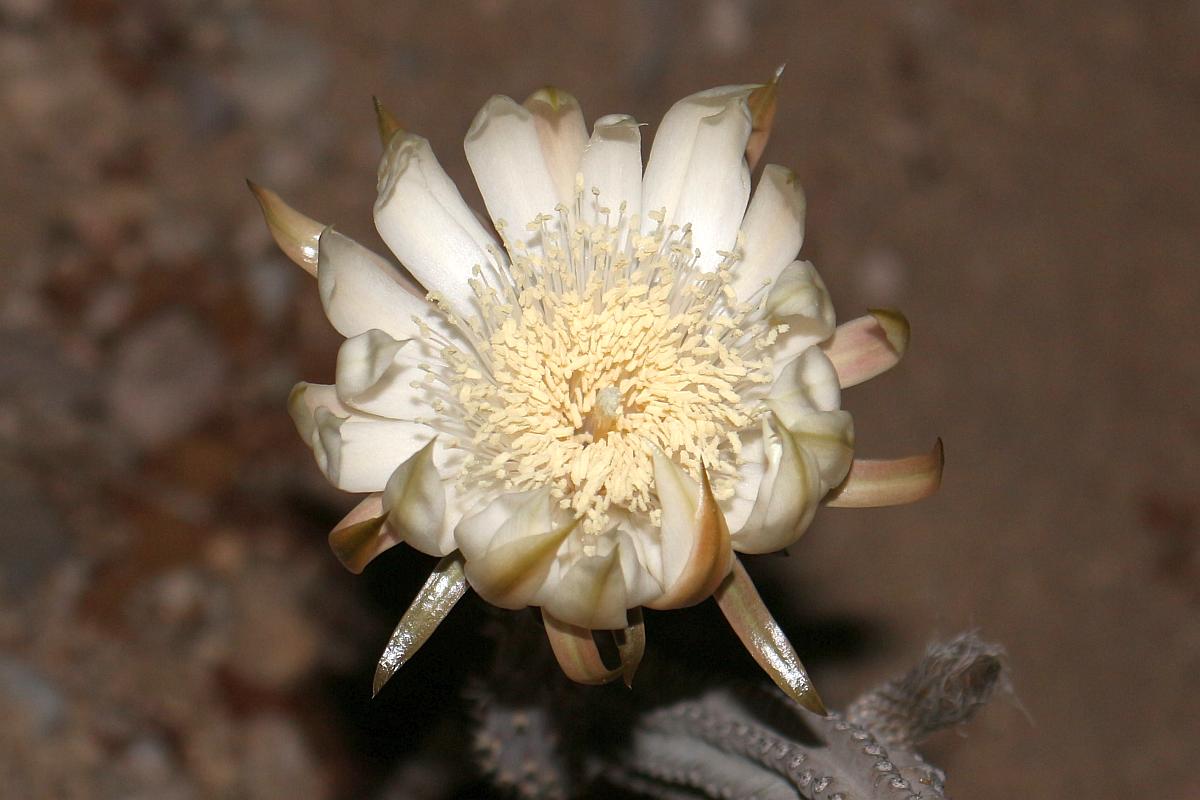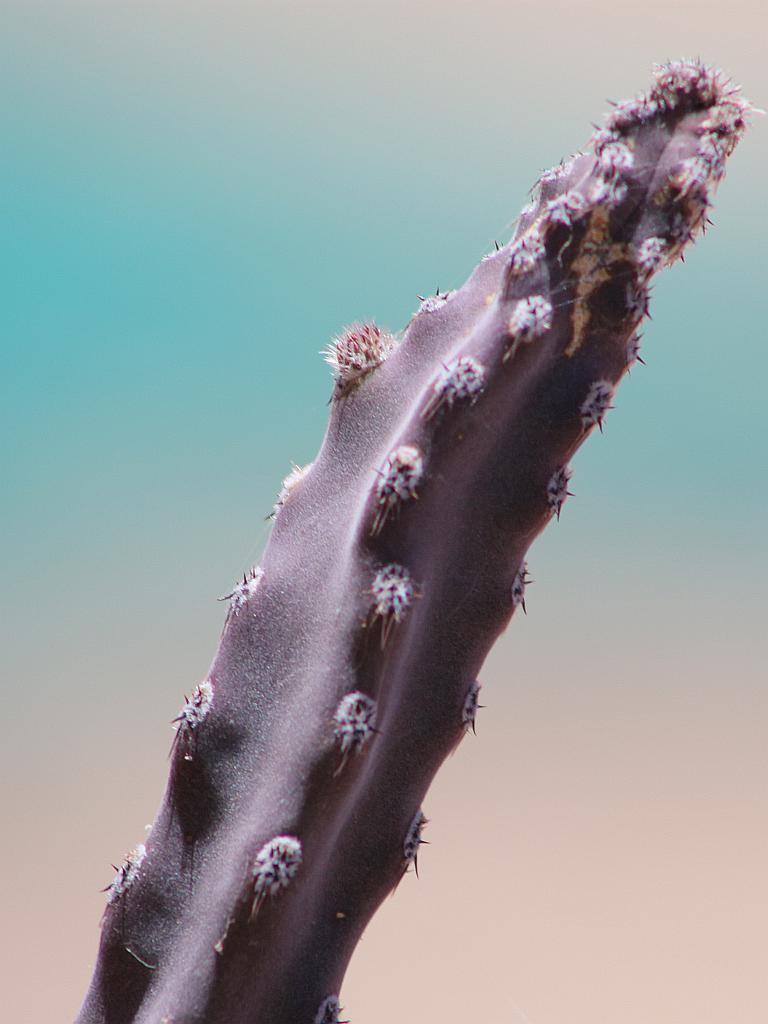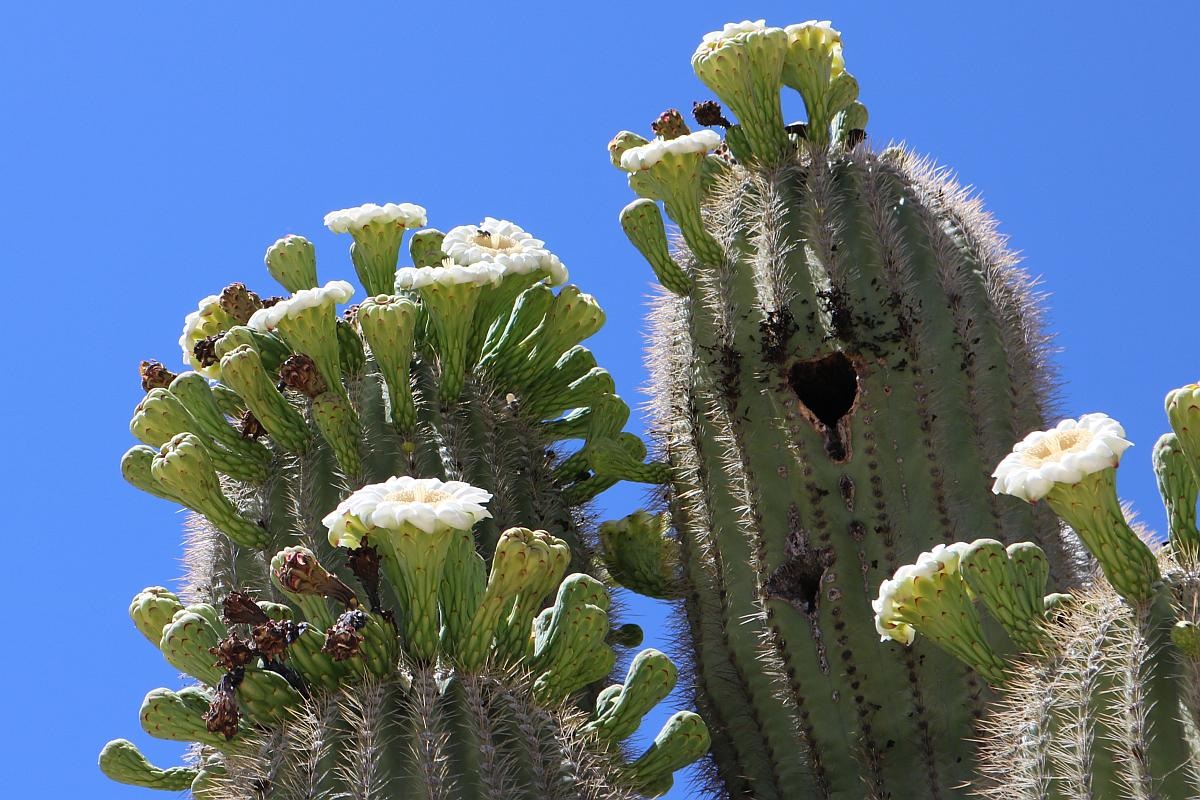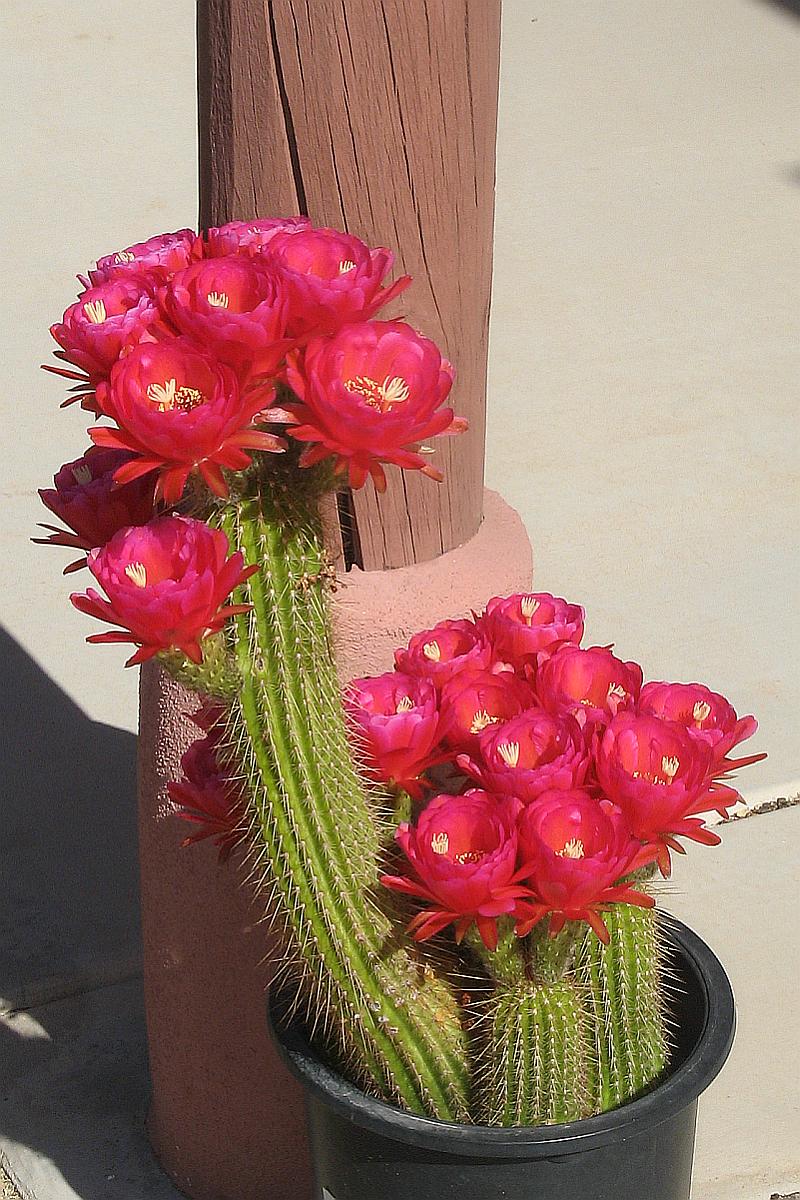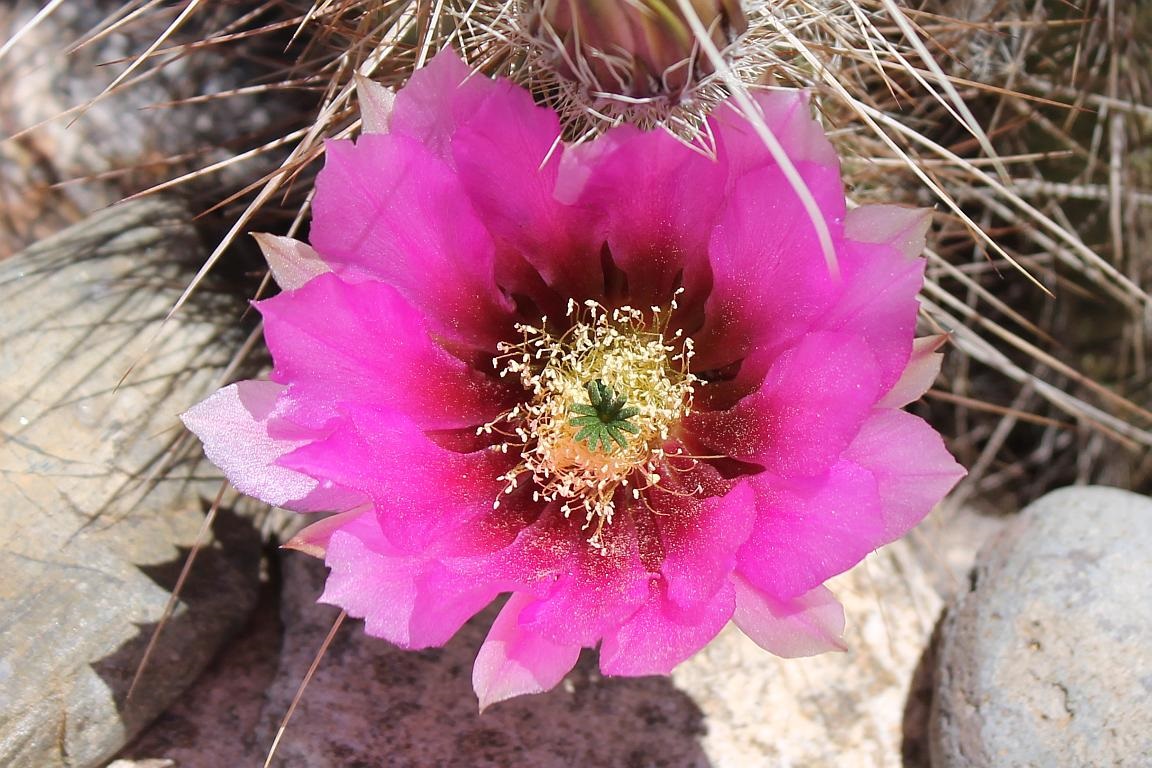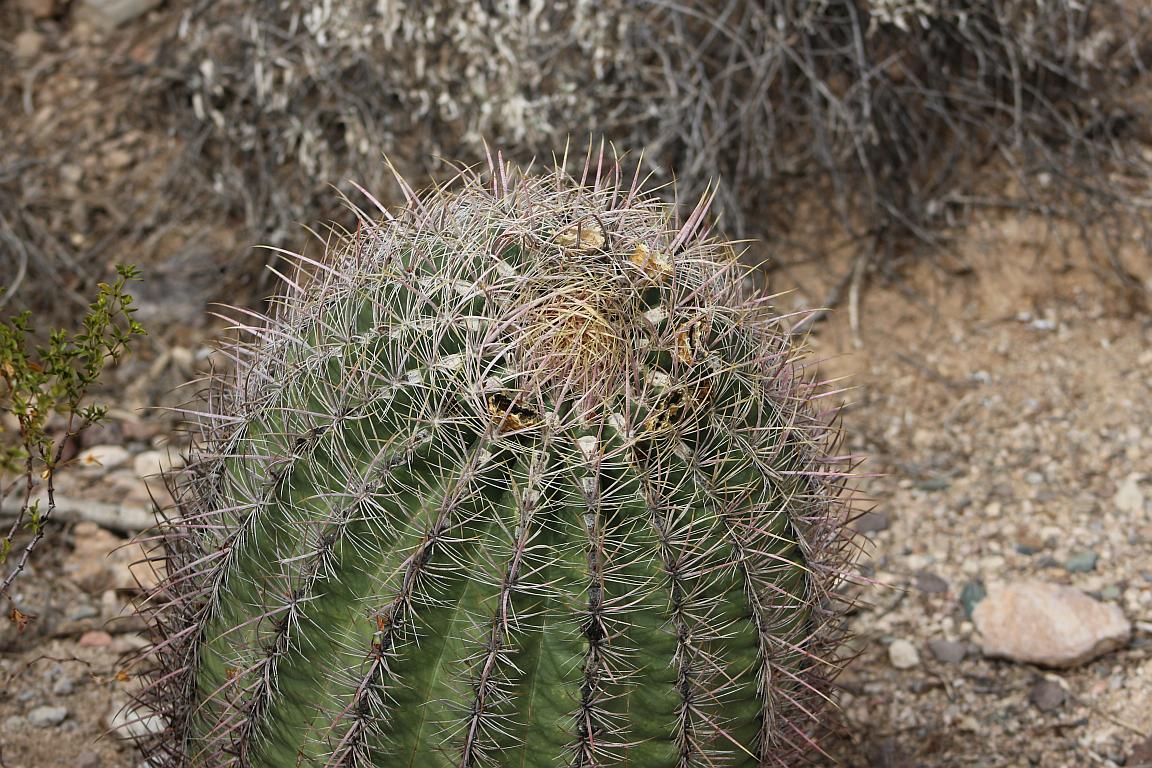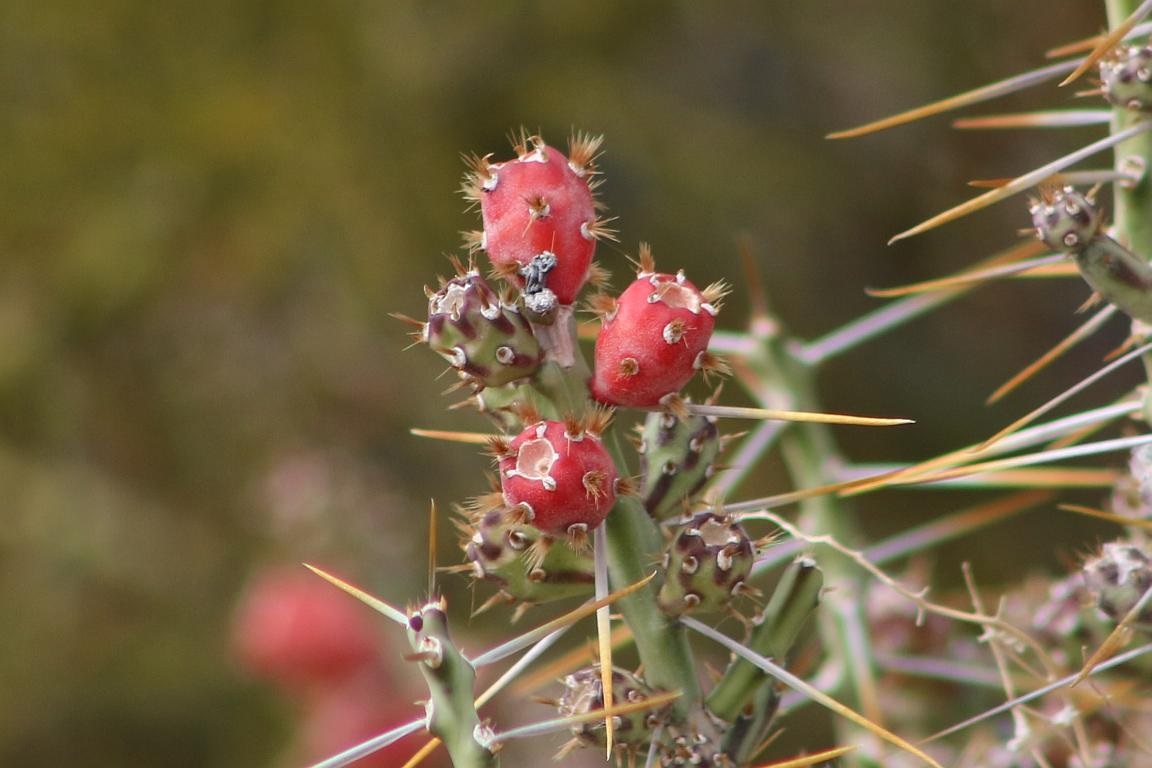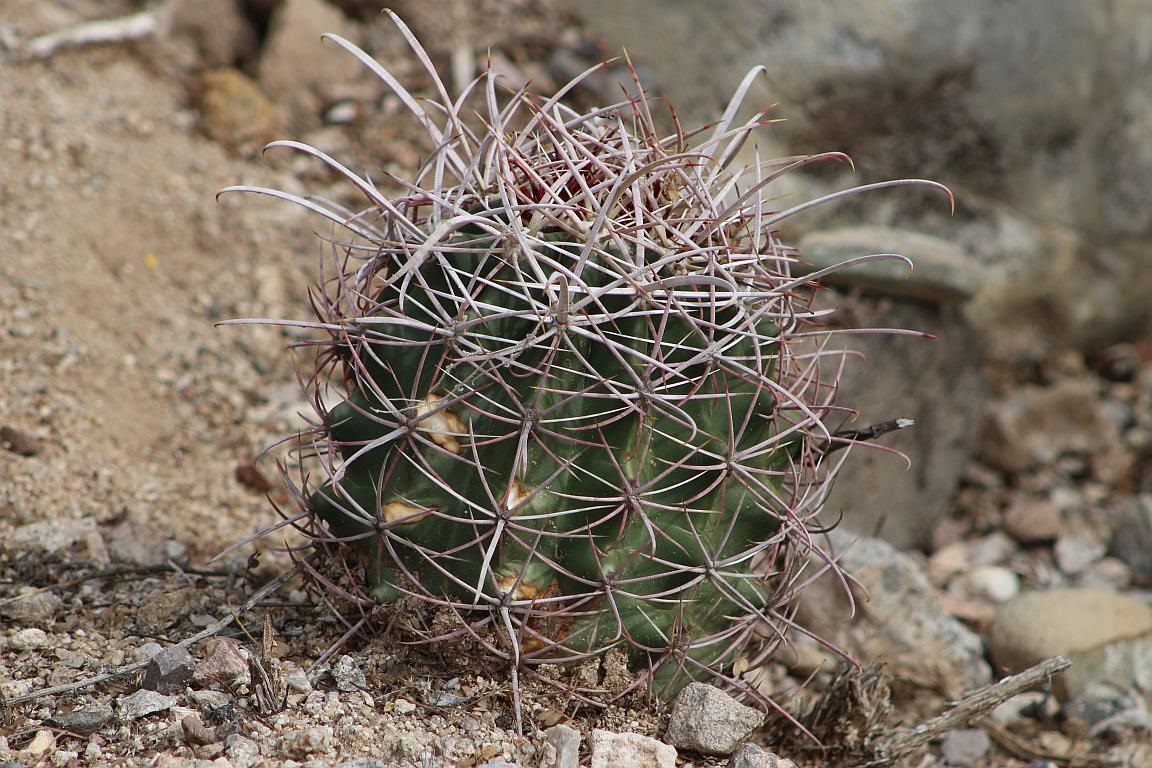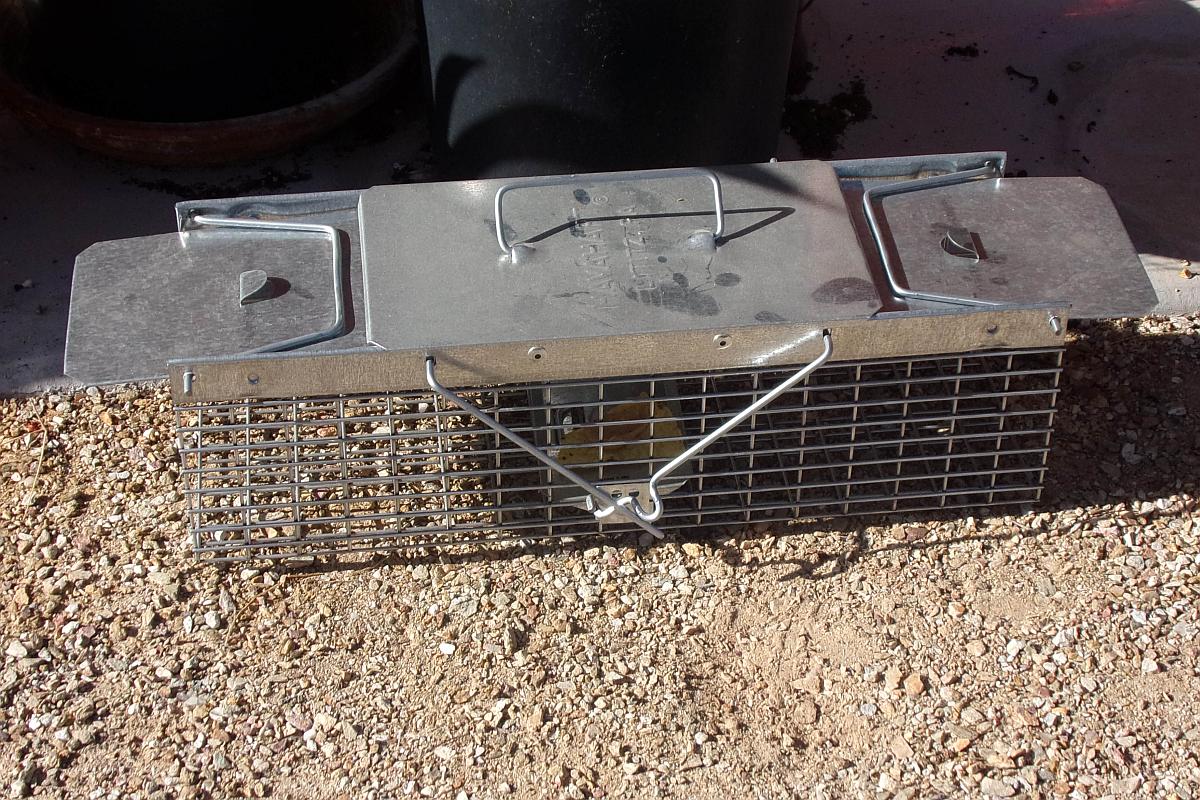
For the last couple of days, one of our small Antelope Ground Squirrels has been getting into mischief in the courtyard. Damsel has several planters out there and the little varmint tries to dig up the roots for a snack, I guess.
Today, we caught it in the act of burrowing down into one of the pots. After running the squirrel off, I went into the garage where the trap in the image above is kept in between varmint attacks. I got the trap set up and baited it with a peanut butter smeared tortilla chip. When the little critter shows up again, I assume the peanut butter smell will attract it into the cage and ==SNAP== the doors will close with the squirrel inside.
The plan is, that if something other than a squirrel or rat takes the bait, we will release it (cactus wrens, etc.). If it is a rat, I will drown it. If it is a squirrel, I will release it a couple of miles down the road where it can return to a similar habitat.
We’re pretty sure that we have a problem with just one individual squirrel and not a bunch of them. I will update this post when there is something to report.
UPDATE: 06/03/2018 1:32 PM – Gotcha!
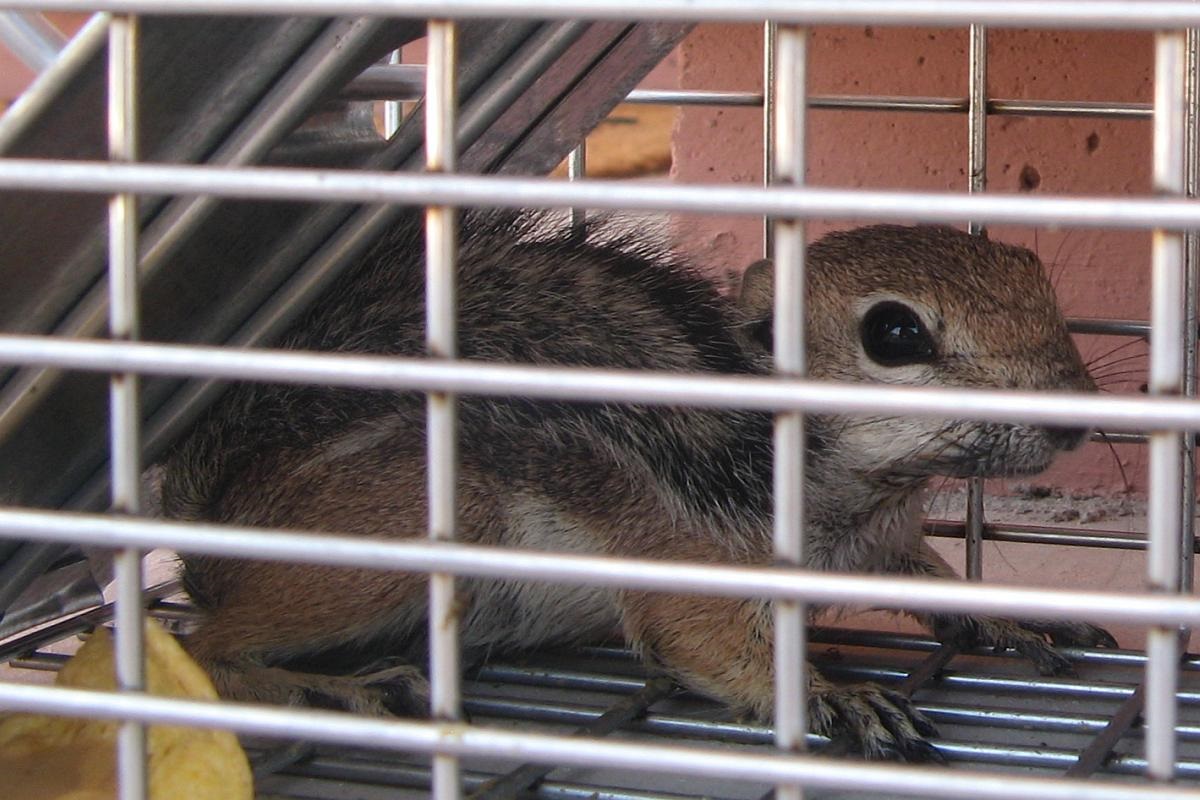
Click on the image to enlarge.

